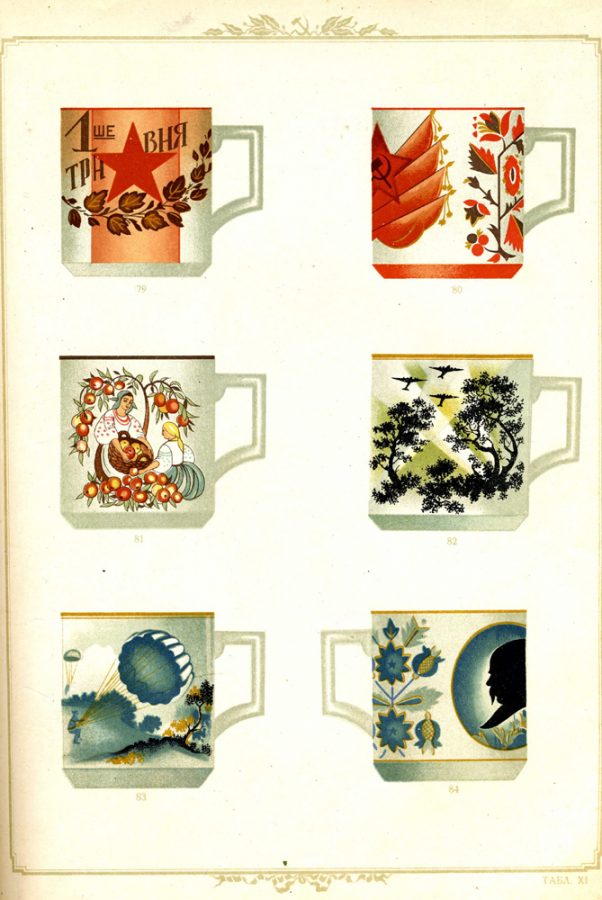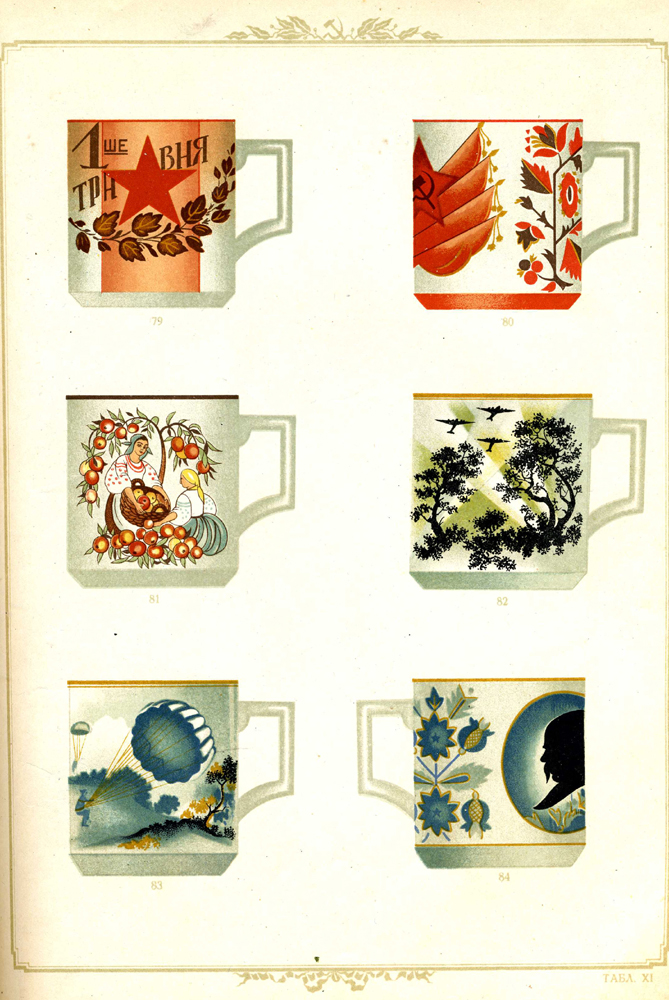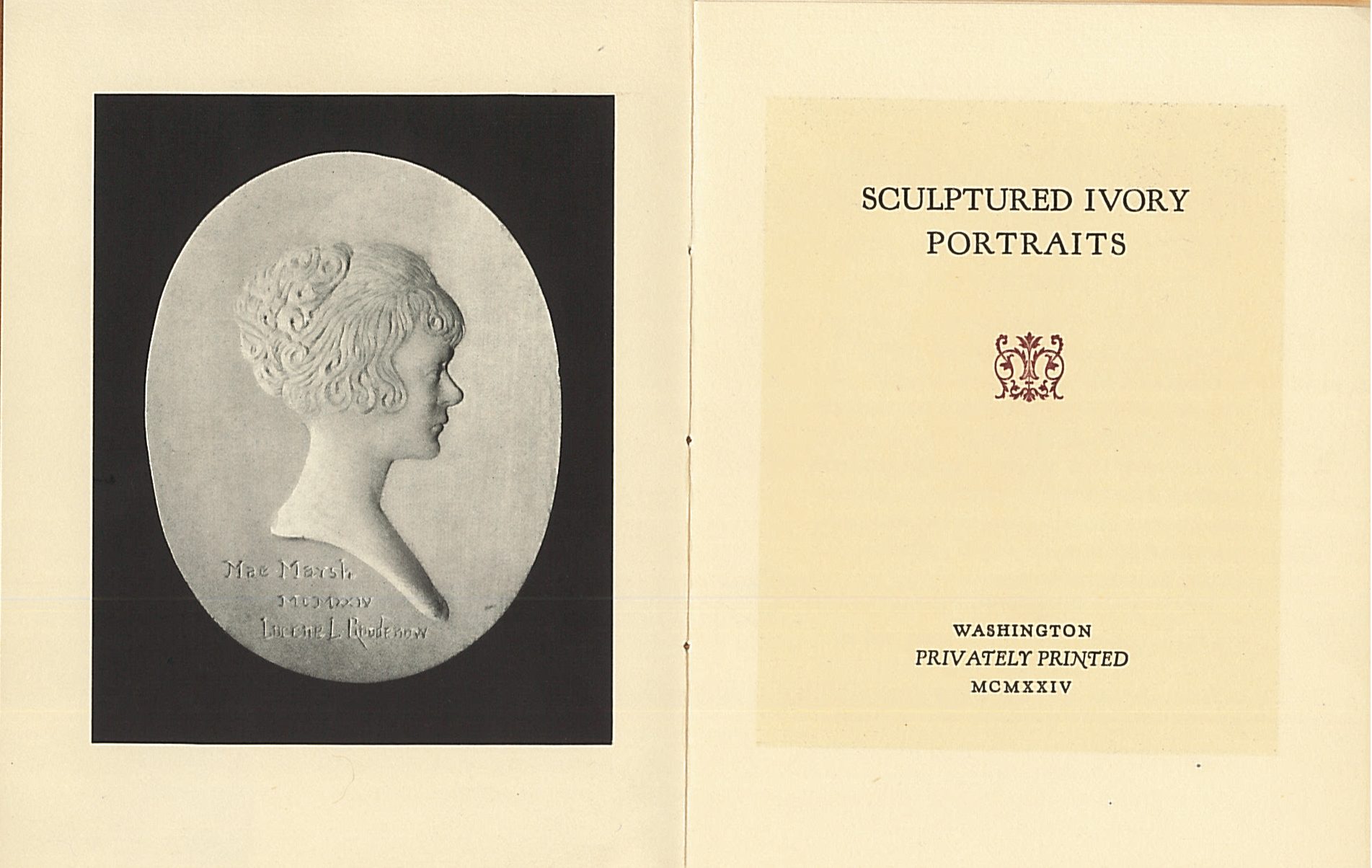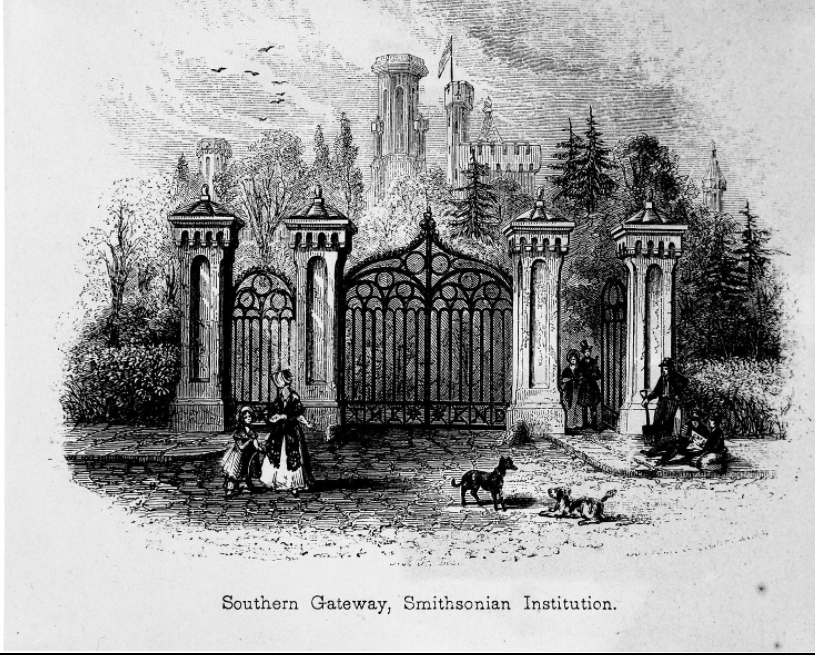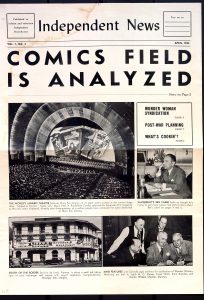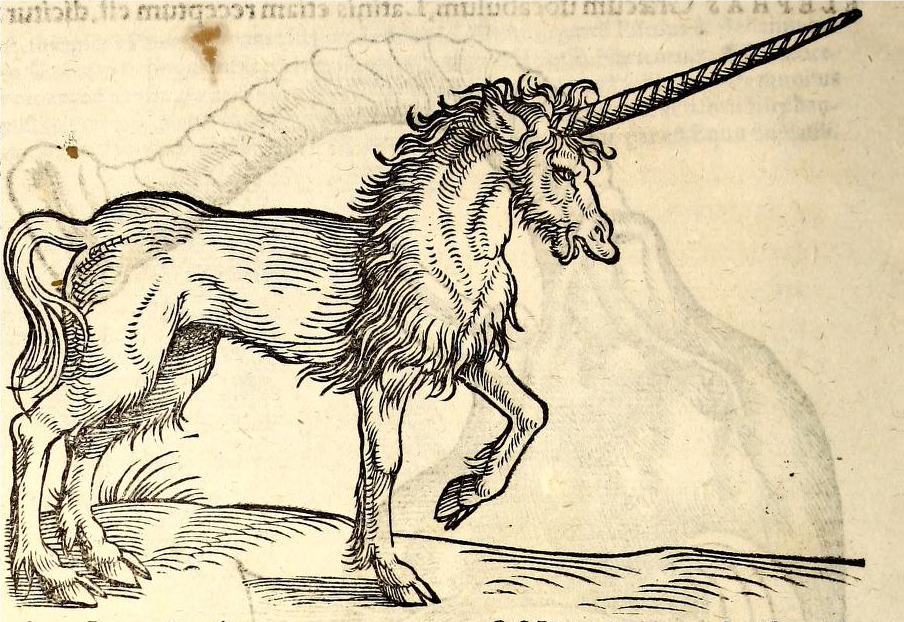Earlier this year, two music manuscripts arrived in the book conservation lab from the Dibner Library for the History of Science and Technology. These two small items, James Bishop’s musical Gamut of 1766, and Uri Bishop’s Military Music from the War of 1812, were part of a donation earlier in the year by James L. Cerruti and his sister Vera V. Magruder. The generous gift was featured in a Smithsonian Libraries blog post by Liz O’Brien, “Donations Reveal a Family History”.


